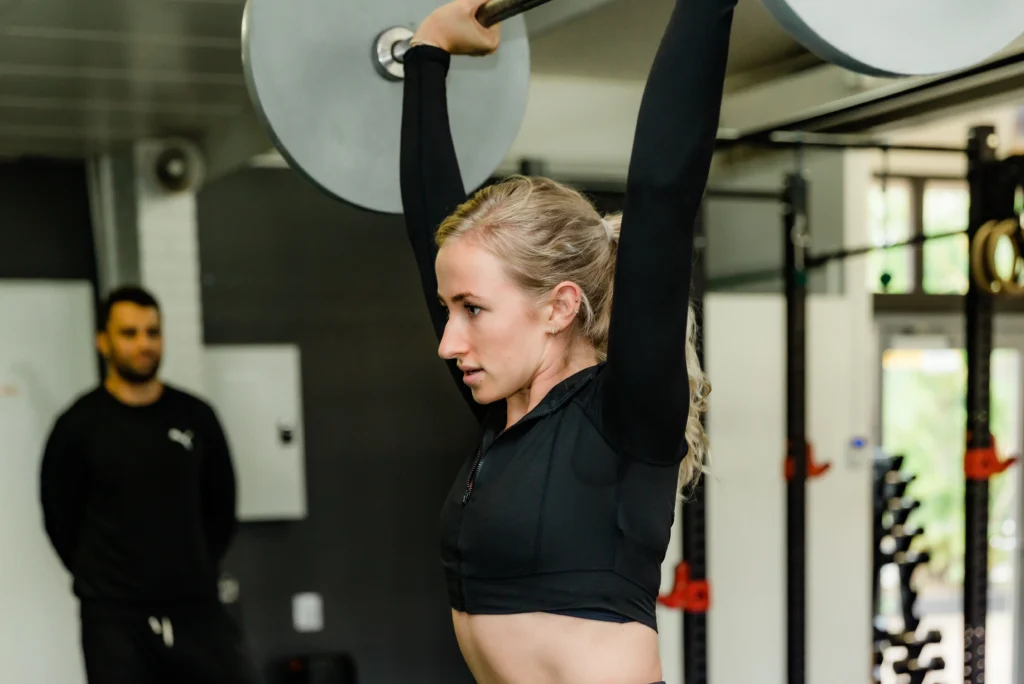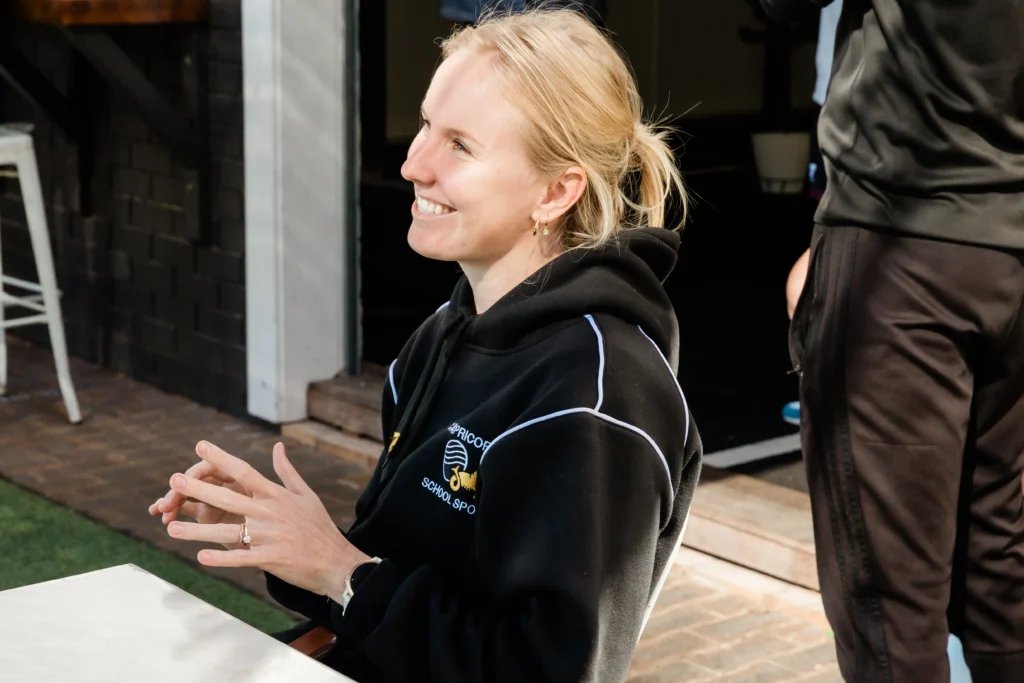Steve Nance
The rise in female sports participation in Australia over the last decade is nothing short of remarkable. Girls and women are now actively competing in rugby league, rugby union, AFL, cricket and soccer (football), with their own natioanal leagues. This growth is a testament to their talent and determination, but it also brings an increasing incidence of injuries, especially lower limb injuries focusing on the knee.
The Surge of Female Sports Participation
In the past, girls could only play in mixed-gender teams up to a certain age. Today, female athletes have their own teams and leagues, like the Matildas (soccer/football), Rugby Sevens, State of Origin Rugby League for Women, and the AFLW. These leagues have not only increased female participation but also garnered significant public interest and support, often surpassing the success and popularity of their male counterparts.

The Rising Concern Of Lower Limb (Knee) Injuries
With this surge in participation, there has been a notable increase in serious knee injuries among female athletes. Football focused studies indicate that women are six times (6x) more likely to suffer ACL (Anterior Cruciate Ligament) injuries compared to men and are 25% less likely to make a full recovery and return to their sport. Ruptured ACLs are arguably the most serious and often the most career-threatening of all knee injuries.
In elite sports, female athletes are eight times (8x) more likely to rupture an ACL than their male counterparts. This trend is not limited to contact sports; it’s also prevalent in netball, basketball, and hockey. Understanding why women are more prone to these injuries is crucial for prevention.
Why Are Women More Prone to Knee Injuries?
Dr. Bill Sterett, a specialist and physician for the US Alpine Women’s Ski Team, has found that his female skiers are 4-5 times more likely to tear an ACL than males. He believes that there are 5 key factors that contribute to this higher risk:
- Knee Alignment: Women are generally more knock-kneed than men. The Q Angle, which is the angle of the femur as it joins the knee, is up to 17-18% in female athletes. This angle places greater stress on the knee, especially on the ACL, during activities like landing, stopping (decelerating), and stepping.
- Joint Laxity/Flexibility: Women tend to be more loose-jointed, leading to increased flexibility in both the hips and knees. This flexibility makes women more susceptible to hyperextension injuries. For skiers, Sterett treats 4-5 more hyperextension-related ACL tears in women than in men.
- Jumping Mechanics: Women often land with straighter legs and inward-facing knees when jumping. This landing technique doesn’t distribute force evenly when landing, bending, or pivoting – increasing stress on the knees and the risk of injury.
- Anatomical Differences: Women have a smaller intercondylar notch (the space in the knee joint through which the ACL passes) and a smaller ACL itself, making the ligament more prone to tearing.
- Hormonal Factors: Hormonal changes during the menstrual cycle can impact the ACL, making it less rigid and more susceptible to injury. Women are four times (4x) more likely to tear an ACL during the early stages of their menstrual cycle.
Preventing Knee Injuries: Practical Tips
While some risk factors are inherent to female physiology, there are several strategies and preventative measures that can be implemented to help reduce the risk of knee injuries:
- Strength Training: Building muscle strength in the entire leg through well-structured weight and loading/plyometric programs can provide better support for the knee. Strengthening the muscles around the knee helps stabilise and protect it.
- Start Early: Initiate these training programs early, not just in the year a girl starts competing seriously. Early training helps develop proper techniques and strength, providing long-term benefits.
- Ensure Adequate Recovery: Allow for sufficient recovery between training sessions to prevent overuse injuries. Rest is crucial for muscle recovery and overall athletic performance.
- Proper Warm-Up and Cool-Down: A thorough warm-up prepares the muscles and joints for activity, while a good cool-down aids in recovery. Both are essential for preventing injuries.
- Gradual Progression: Increase the intensity and number of movements associated with ACL tears gradually. Avoid sudden jumps in training intensity to reduce injury risk.
- Skill Development: Enhance skill levels gradually rather than expecting athletes to adapt as the season progresses. Proper technique and skill reduce the likelihood of injury. Proactive skill development is essential.
- Promote Resistance Training: Resistance training should be encouraged from a young age (for both genders) and continue throughout schooling. It’s crucial to dispel the myth that resistance training is harmful to girls and women. It builds stronger muscles and more resilient joints, reducing injury risks.
- Educational Initiatives: Coaches, PE teachers, strength and conditioning coaches, personal trainers, and personal training courses must implement these strategies. Education on proper techniques, injury prevention, and the importance of strength training is critical.

The Role of Personal Training and Fitness Certification Courses
Personal training courses and fitness certification courses are essential in equipping trainers with the knowledge and skills to support female athletes effectively. These courses cover biomechanics, injury prevention strategies, and how to create customised training plans, ensuring that trainers can address the unique needs of female athletes
The rise in female sports participation is a positive development, but it comes with increased injury risks, especially knee injuries. By understanding the factors contributing to these injuries and implementing preventive strategies, we can help female athletes achieve their full potential while minimising lower limb injury risks. Personal training courses and fitness certifications play a crucial role in this effort, providing personal trainers and coaches with the tools to support and protect female athletes effectively. With the right training and preventive measures, we can create a safer environment for women in sports. Study the Female Coaching Short Course or study with the Women’s Sports Academy to shape the future of womens sport.
RELATED ARTICLES:
The Importance Of Strength Training for Women
Bone Health In Young Women

One Response